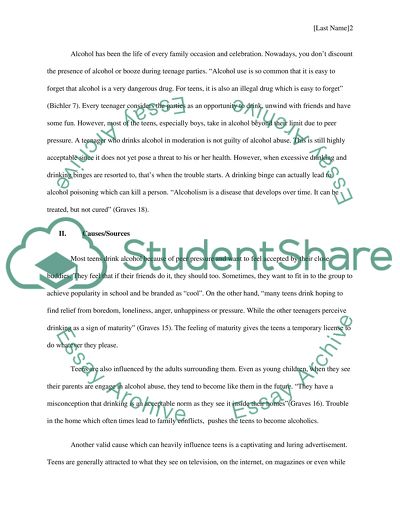Cite this document
(“Teenage Alcoholism Research Paper Example | Topics and Well Written Essays - 3000 words”, n.d.)
Retrieved from https://studentshare.org/family-consumer-science/1410821-teenage-alcoholism
Retrieved from https://studentshare.org/family-consumer-science/1410821-teenage-alcoholism
(Teenage Alcoholism Research Paper Example | Topics and Well Written Essays - 3000 Words)
https://studentshare.org/family-consumer-science/1410821-teenage-alcoholism.
https://studentshare.org/family-consumer-science/1410821-teenage-alcoholism.
“Teenage Alcoholism Research Paper Example | Topics and Well Written Essays - 3000 Words”, n.d. https://studentshare.org/family-consumer-science/1410821-teenage-alcoholism.


